Amsonia Perennials: Tips For Propagating Amsonia Plants
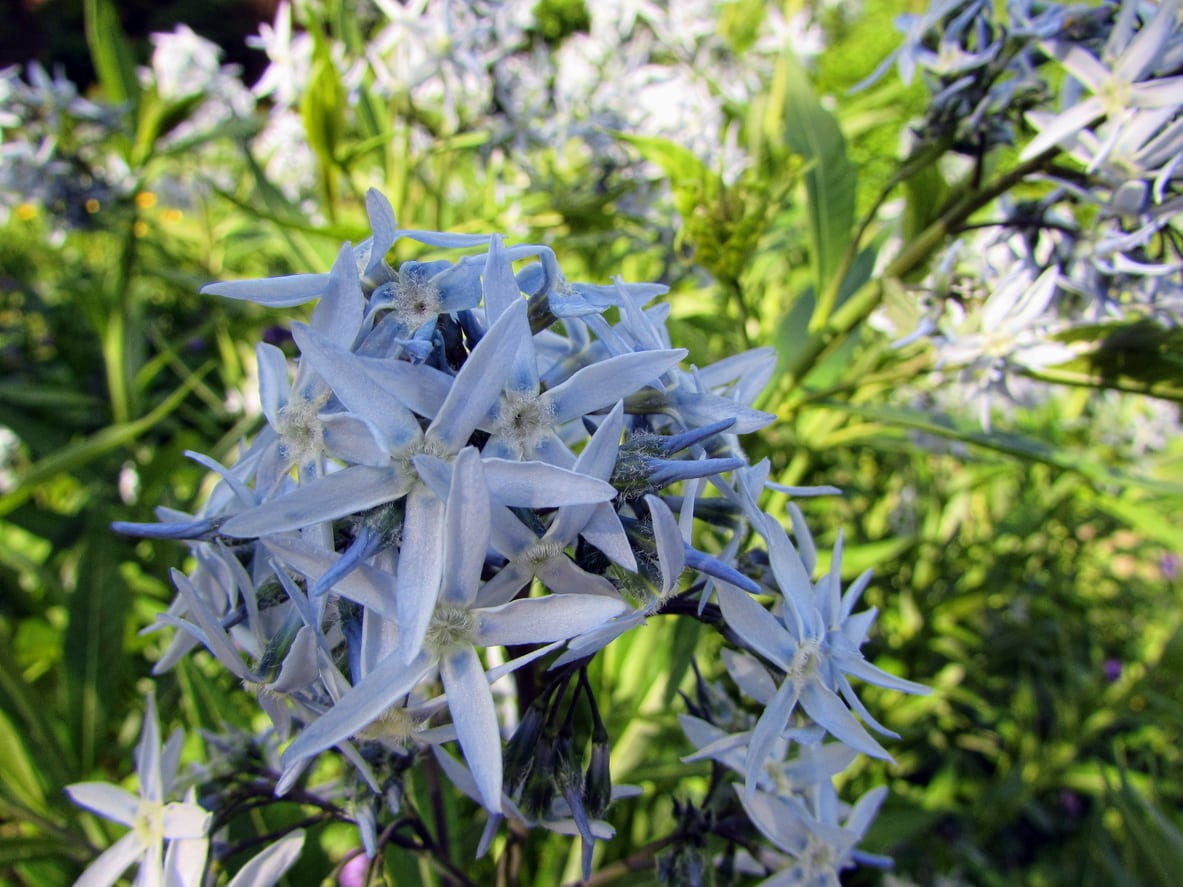

Amsonia, also known as bluestar, is a delightful perennial that provides seasons of interest in the garden. In spring, most varieties bear clusters of small, star-shaped, sky-blue flowers. Through the summer amsonia becomes full and bushy. It is easy to get hooked on all that amsonia has to offer, and gardeners who grow it usually find themselves wanting more. If you are one of these gardeners wishing for more plants, continue reading to learn how to propagate amsonia.
Amsonia Propagation Methods
Amsonia propagation can be done by seed or division. However, seed germination can be slow and irregular and not all varieties of amsonia will produce replicas of the parent plant when propagated by seed. If you have a certain variety of amsonia which you want more of, propagation from division can ensure clones of the parent plant.
Propagating Amsonia Seeds
Like many perennials, amsonia seeds require a cool period or stratification in order to germinate. In the wild, amsonia plants release seed in late summer and autumn. These seeds then go dormant in garden debris, mulch, or soil under a blanket of snow, with winter providing the ideal cool period. In late winter to early spring when soil temperatures range steadily between 30-40 F. (-1 to 4 C.), amsonia germination begins. Mimicking this natural process will help make amsonia seed propagation more successful. Plant amsonia seeds in seed trays an inch (2.5 cm.) apart, lightly covering each seed with loose potting mix. Chill planted seed trays for several weeks in temperatures of 30-40 F (1-4 C). After stratifying the seeds for at least three weeks, you can slowly acclimate them to warmer temperatures. Amsonia seeds can take up to 10 weeks to sprout and young seedlings may not be ready for transplant for 20 weeks.
Dividing Amsonia Perennials
Propagating amsonia by divisions is a quicker and easier method to enjoy the instant beauty of adding more amsonia to the garden. Mature amsonia plants have woody stems and root structures. In flowerbeds that are given fresh compost, mulch, etc. each year, it is common for fallen or buried amsonia stems to take root. This natural propagation of a sister plant, right next to the original plant is known as layering. These amsonia off-shoots can be severed from the parent plant easily with a sharp, clean garden shovel and transplanted into new beds. Old, raggedy amsonia plants can be given new vigor by being dug up and divided in spring or fall. This benefits the plant by stimulating new growth above and below the soil level, while also gifting you with new amsonia plants for the garden. Simply dig up the large woody root ball with a clean, sharp garden shovel, and remove as much dirt as you can. Then cut apart the roots with a knife, hori hori or saw into transplantable sized sections which contain root, crown and stem of the new plants. To promote root growth, cut back the plant’s stems and foliage to about 6 inches (15 cm.) tall. These new amsonia plants can then be planted directly in the garden or planted in pots. When dividing plants, I always use a root stimulating fertilizer to reduce plant stress and ensure a healthy root structure.
Gardening tips, videos, info and more delivered right to your inbox!
Sign up for the Gardening Know How newsletter today and receive a free copy of our e-book "How to Grow Delicious Tomatoes".
-
 Zinnias On Repeat: 10 Glorious Cut-And-Come-Again Varieties For Endless Summer Bouquets
Zinnias On Repeat: 10 Glorious Cut-And-Come-Again Varieties For Endless Summer BouquetsThese zinnia varieties keep giving all summer, making them the perfect choice for dedicated cutting gardens – or just the occasional homegrown bouquet.
By Ellen Wells
-
 Create A Romantic Garden Straight Out Of Bridgerton: Regency Era Romance In Your Garden
Create A Romantic Garden Straight Out Of Bridgerton: Regency Era Romance In Your GardenTry some romantic garden ideas straight out of Bridgerton. Flowers and gardens in the Regency era were lush and charming and you can get the same look!
By Bonnie L. Grant
-
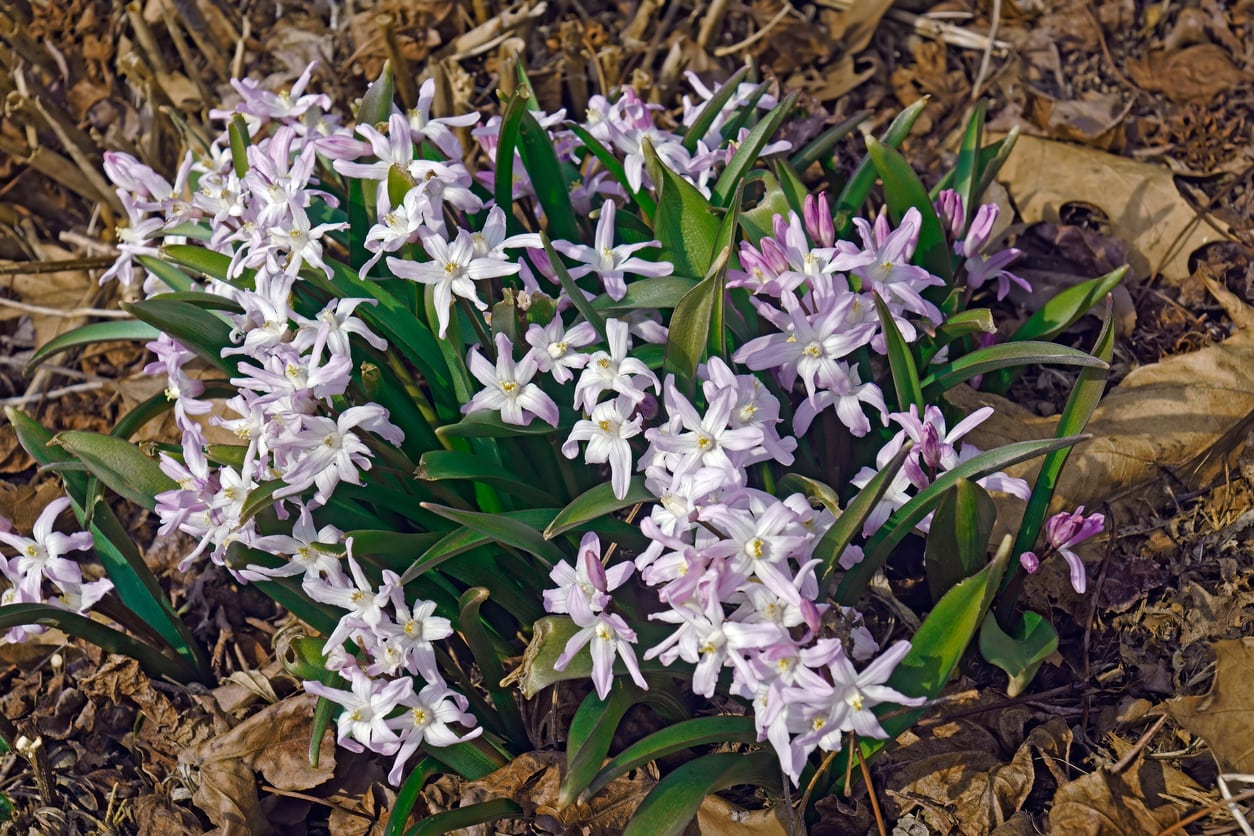 Amsonia Transplant Guide: Tips For Moving Amsonia Plants
Amsonia Transplant Guide: Tips For Moving Amsonia PlantsAmsonia is a favorite in perennial gardens but sometimes a plant may struggle in a certain spot and simply moving it to a new site can revive it. If you’ve found yourself asking “can you move an amsonia,” then this article is for you. Click here for tips on transplanting amsonia.
By Darcy Larum
-
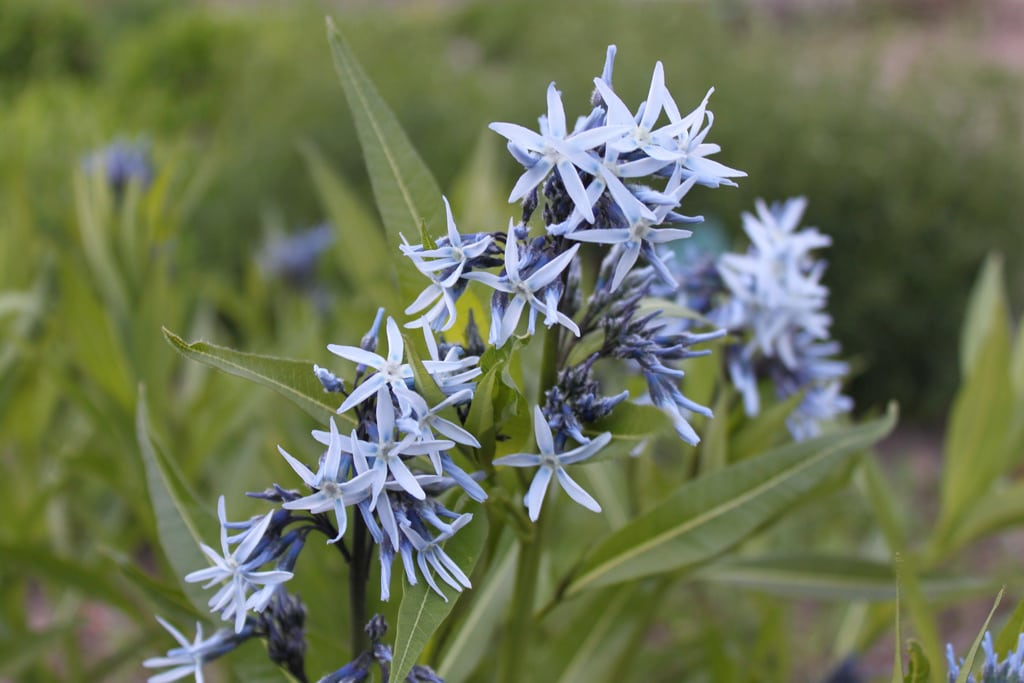 Amsonia Cold Tolerance: Tips For Amsonia Winter Care
Amsonia Cold Tolerance: Tips For Amsonia Winter CareAmsonia winter care is not difficult. But some gardeners want to know: can you grow blue star plants in winter? Click on the following article for information about amsonia cold tolerance and amsonia winter protection.
By Teo Spengler
-
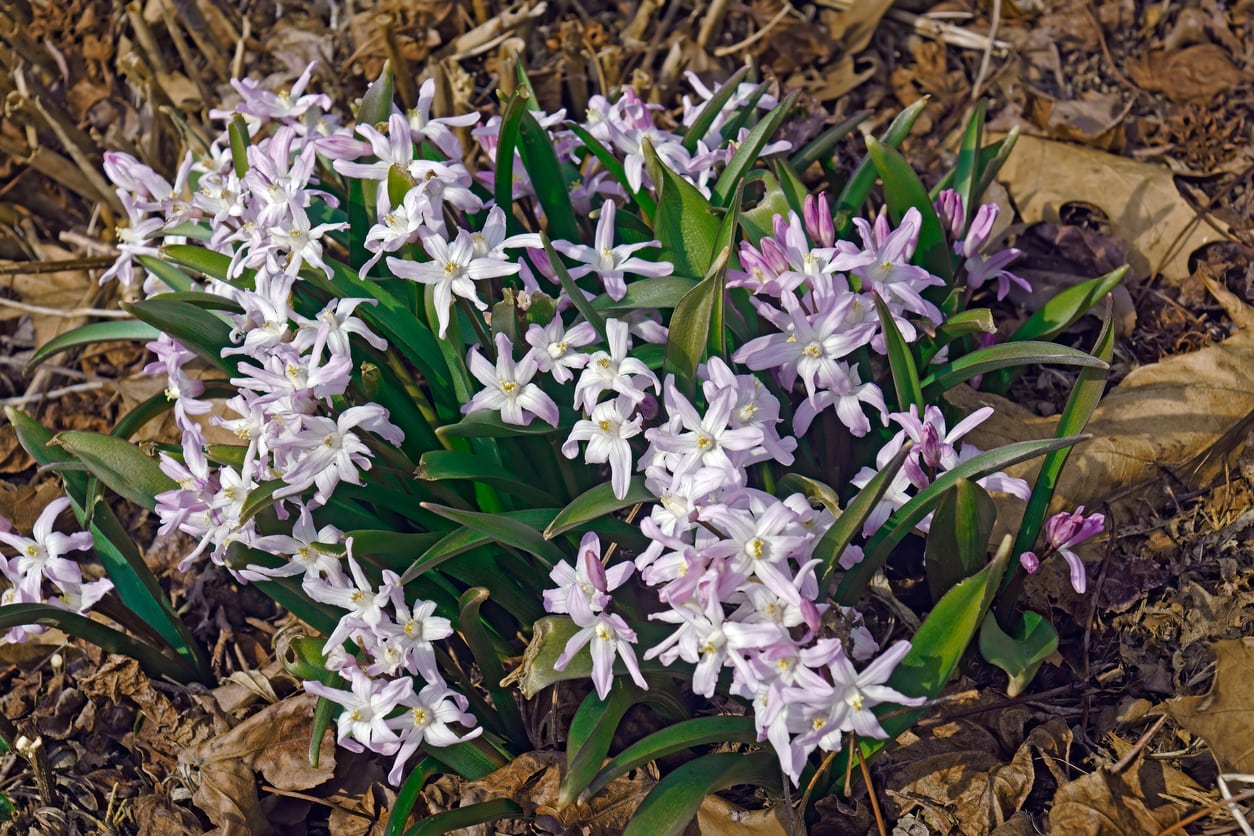 Common Amsonia Varieties – Types Of Amsonia For The Garden
Common Amsonia Varieties – Types Of Amsonia For The GardenAmsonias are a collection of beautiful flowering plants that aren?t found in too many gardens, but are experiencing a little bit of a renaissance with newfound interest in native North American plants. But how many varieties of amsonia are there? Find out in this article.
By Liz Baessler
-
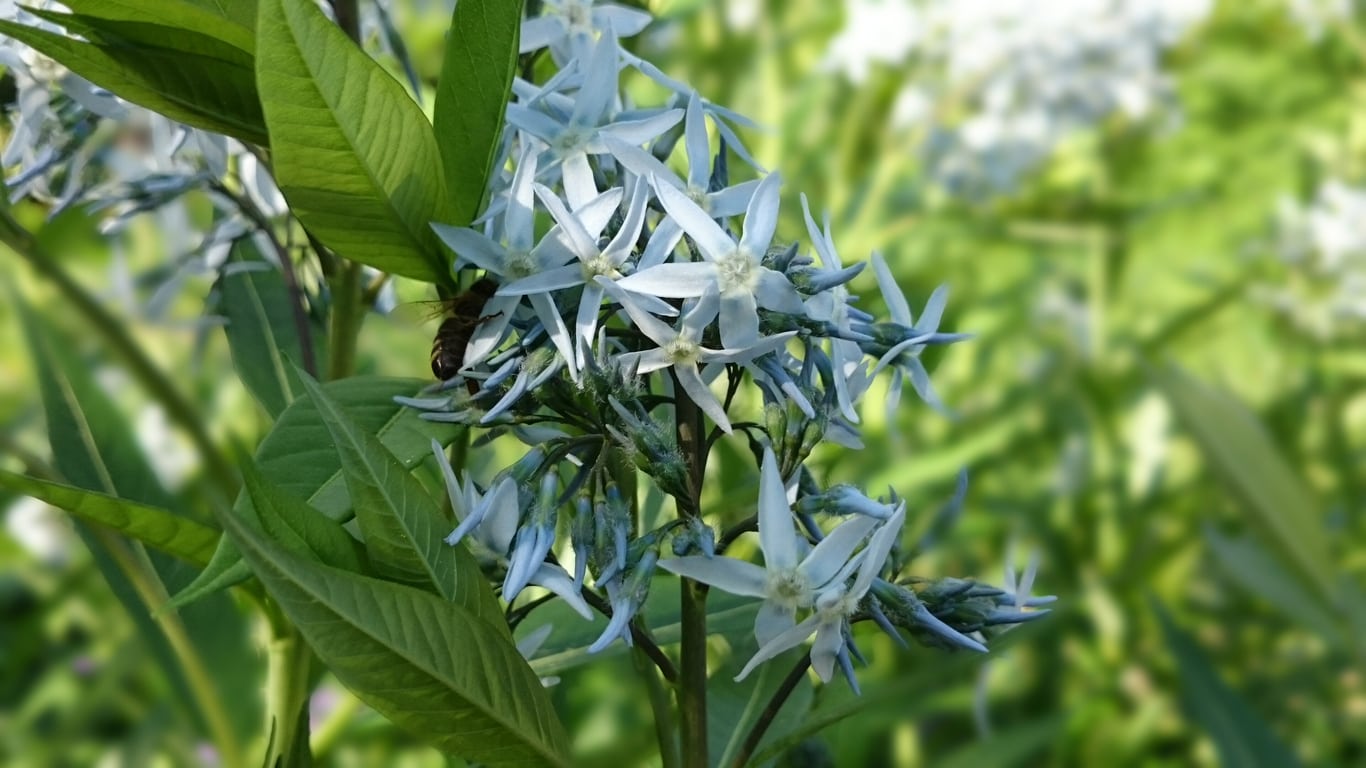 Sowing Blue Star Seeds - When And How To Plant Amsonia Seeds
Sowing Blue Star Seeds - When And How To Plant Amsonia SeedsGrowing Amsonia from seed isn?t difficult, but it requires patience because germination is unpredictable and can be frustratingly slow. If you?re willing to give it a try, click on the following article to learn about Amsonia seed propagation.
By Mary H. Dyer
-
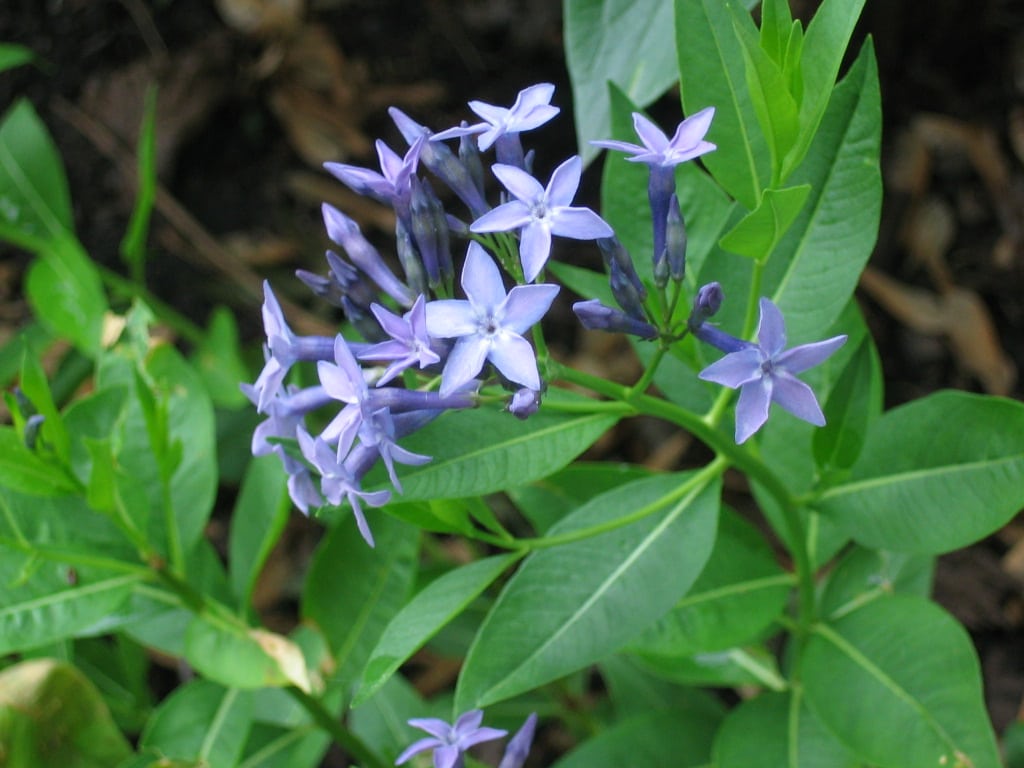 Container Grown Amsonia Care – Tips On Keeping A Blue Star In A Pot
Container Grown Amsonia Care – Tips On Keeping A Blue Star In A PotAmsonia plants offer both sky-blue blossoms and feathery green foliage that flushes to gold in autumn. Can you grow amsonia in a container? Yes, indeed, you can. Container-grown amsonia can light up your home or patio. Click this article for more information.
By Teo Spengler
-
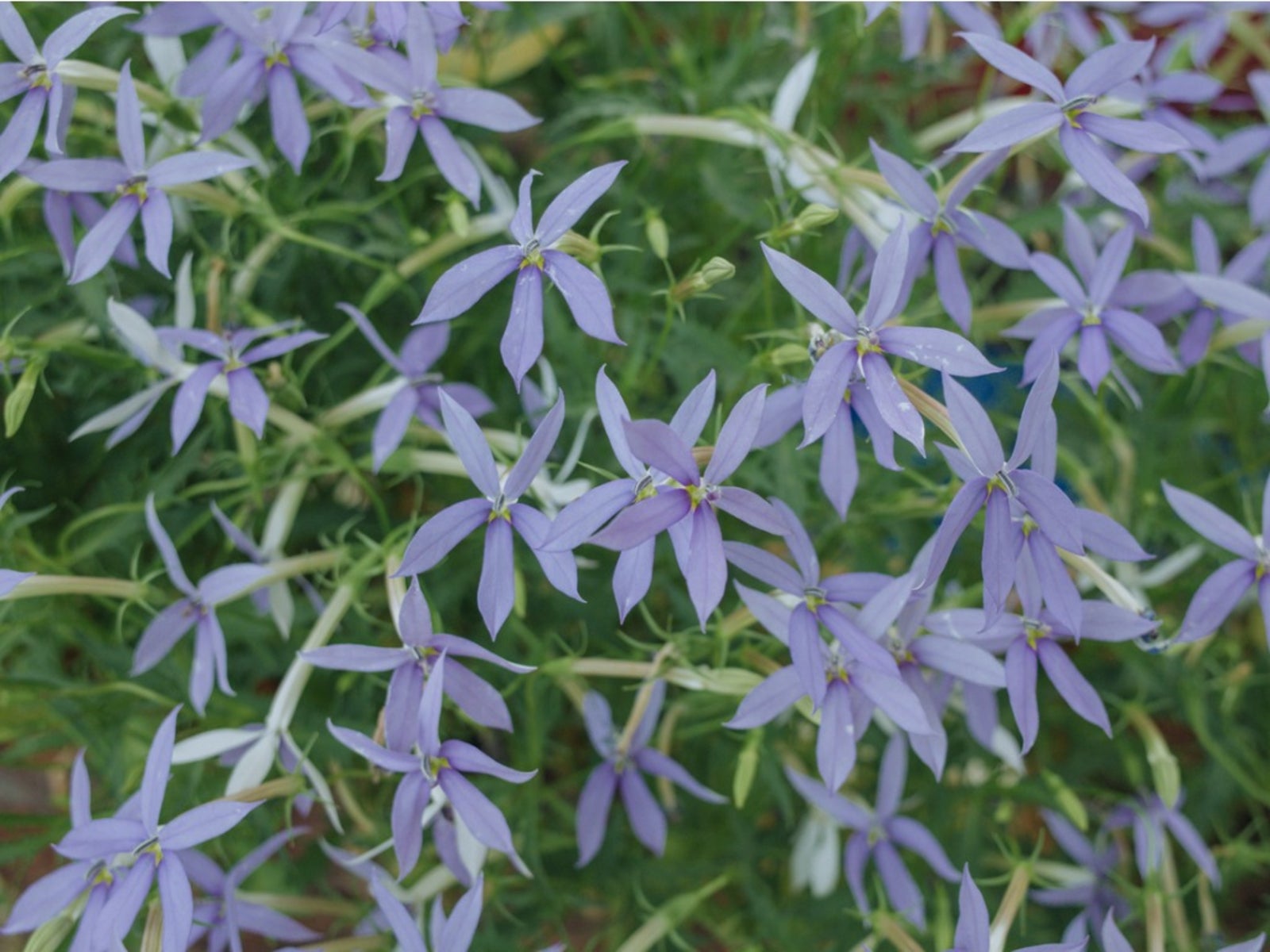 Amsonia Plant Care: Tips For Growing Amsonia Plants
Amsonia Plant Care: Tips For Growing Amsonia PlantsFor those looking to add something unique to the flower garden as well as seasonal interest, consider growing Amsonia plants. Read this article to learn more about Amsonia plant care.
By Jackie Carroll